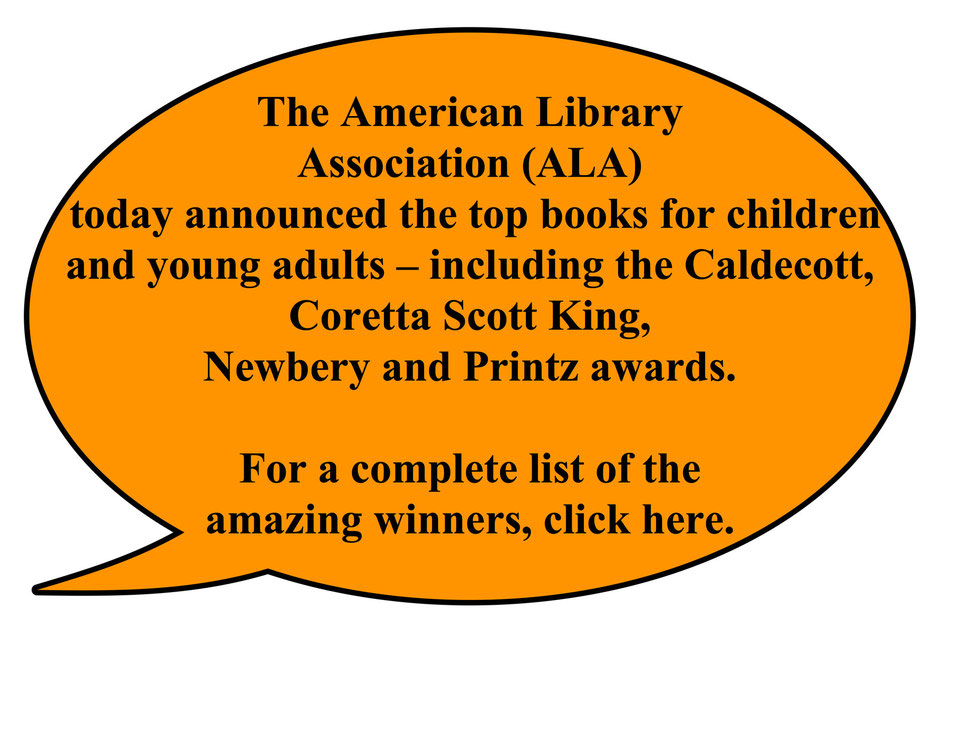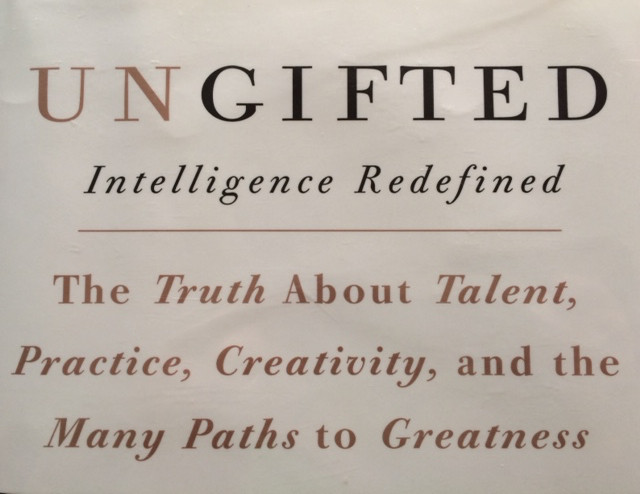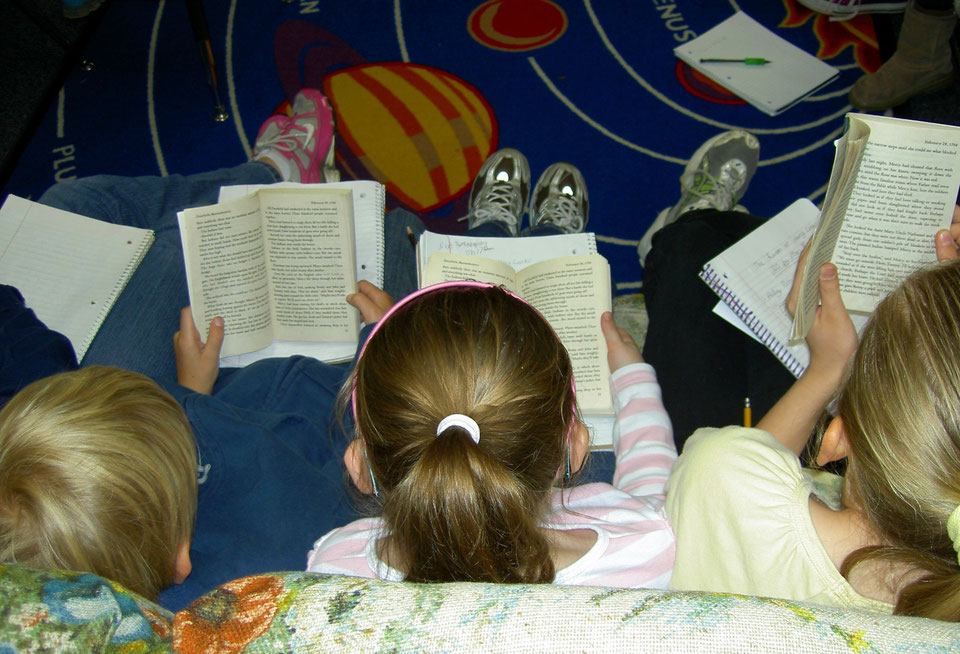The following prompt options encourage children to apply their knowledge of a book character. Children select one of the following choices to answer (and support with elaboration). This activity can be used for class discussions, writing activities, student-generated questionnaires, games, question cubes, or any format that promotes creativity. Better yet, have children add their own options to the list.
Read More...Read Every Day (R.E.D.)
Carroll County Public Library – Two images of a four-sided display
Read More...Did you like this article? Share it.
One Man's Castle
Some creative people learn to work anywhere – alone in a room facing blank walls or seated in a cubicle with lots of interruptions. Artist Howard Solomon works and lives in a castle he built in a central Florida swamp (in the middle of nowhere). Made from discarded aluminum printing plates, the castle is filled with Solomon’s “junk art” metal sculptures, stained glass windows and wood carvings. Each piece makes a comic statement -– often sarcastic.
Like Howard himself, the castle is filled with imagination, humor, and creativity. It may not be your ideal place to work, but it's a great place to visit for some quirky fun.
Did you like this article? Share it.
Defining Intelligence
In chapter five, he reviews how the 50 states differ in defining giftedness. Intelligence and high achievement are two of the common defining characteristics. However, motivation and the performing arts are widely ignored.
“Morality, intensity, sensitivity, compassion, creativity, and leadership are almost completely absent from both the stated definitions of giftedness and the actual identification procedures. And perhaps the most striking absence from any state definition of giftedness is motivation and engagement. They aren’t even on the radar.”
Ungifted is a must read for educators, parents, psychologists, and anyone interested in how we define intelligence. Read More...
Did you like this article? Share it.
Nature's Benefits
Spending time outdoors is good for children (and parents). According to the Nature Conservancy, there are many benefits: “Kids need nature. Studies repeatedly show that time spent outside in nature leads to better health and improvement in the classroom.” I agree, when I’m cooped up indoors for too long, I get lethargic. I can still hear my mother’s voice, “Get outside and out of the house!” I grew up in Maine, and this time of year, we bundled up in our chunky Carter wool overalls to play in the snow (and to beat the winter blues).
America’s National Parks offer many options for nature seekers. On Martin Luther King Jr. Day (January 19, 2015) and Presidents Day weekend (February 14-16, 2015), the Park Service offers free entrance. That's right, free! These photographs of America’s prettiest national parks in winter are spectacular! While visiting the parks in winter is not feasible for many of us, it’s never too early to start planning for this summer. Until then, become a backyard naturalist, take a walk around the block, or try one of these winter outdoor activities.
Did you like this article? Share it.
Check Out Our PSAs
Better yet, students can create PSAs to bring awareness to social issues found within books. For example, the book Wonder served as the inspiration for an anti bullying campaign.
First, share a few PSA examples to emphasize the impact they can have on changing people’s behavior (persuasion). Next, share child friendly news sites such as Here There Everywhere or Time for Kids to explore current issues and to brainstorm topics.
Finally, have students work in groups to select a book that contains a behavior, issue, or message they want to use as a PSA. Using storyboard presentations, each group pitches their idea to the class for feedback, and then begins the collaborative process of creating a 30 - 60 second PSA.
Share the PSAs via the school’s closed circuit video system. Also, consider an ongoing slide show within the media center to create enthusiasm about the finished projects and to encourage others to read the books. Evaluate the project by calculating the circulation numbers of the presented books. Additionally, a child centered Likert survey could assess the effectiveness of the PSAs. Read More...
Did you like this article? Share it.
Bilingual Benefits
Try Duolingo for yourself. (On ne vit qu’une fois.) There are many advantages of being bilingual. According to the American Council on the Teaching of Foreign Languages (ACTFL), learning a second language at an early age . . .
- Has a positive effect on intellectual growth.
- Enriches and enhances a child's mental development.
- Leaves students with more flexibility in thinking, greater sensitivity to language, and a better ear for listening.
- Improves a child's understanding of his/her native language.
- Opens the door to other cultures and helps a child understand and appreciate people from other countries.
- Gives a student a head start in language requirements for college.
- Increases job opportunities in many careers where knowing another language is a real asset.
Did you like this article? Share it.









.png?width=107&name=image%20(1).png)
.png?width=59&name=image%20(2).png)
.png?width=59&name=image%20(3).png)